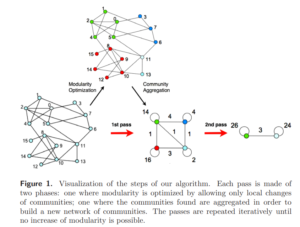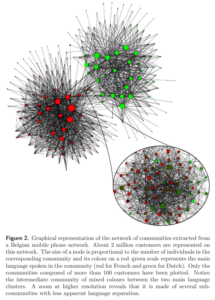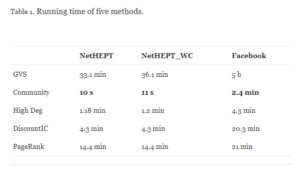Introduction
Social media platforms have become major focal points to the spread of information. With the incredible expansion of online social networks, they have become highly integrated to our everyday lives. Thus, these platforms have become effective channels for major news sources for many of these users. There have been countless times of news being spread across social media platforms like Twitter long before the news outlets announced it on the public media. As a result, the popularity of online social networks is obtained from the convenience and efficiency of information dissemination. That is why, social media platforms can be considered as a double-edge sword due to the potential of being exploited for the spread of misinformation. For online social networks to continue to serve as a trustworthy channel for disseminating important information, it is crucial to contain the spread of misinformation. A strong motivation for the containment of misinformation is the consequences it has on individuals and especially communities. Additionally once misinformation is spread
Motivation
For online social networks to continue to serve as a trustworthy channel for disseminating important information, it is crucial to contain the spread of misinformation. A strong motivation for the containment of misinformation is the consequences it has on individuals and especially communities. Additionally, once bad information finds a consistent channel or community, an authorized informant with the real or true information may be considered fabricated within the community and thus result in the opposite affect and conversely support the credibility of the misinformation.
Analysis
Rather than classifying if certain information spread on the network is truly misinformation, this method relies on a diffusion mechanism using the misinformation propagation to contain it. The nodes that are less influential often start the spread of the misinformation however, the speed of which the misinformation travels are constrained by the level of trust in their relationships. From this observation, the goal is to find the smallest set of influential people to decontaminate such that the “good” diffuse process achieves the desirables effect onto the spread of the misinformation.

The method for the containment of misinformation is to use a greedy algorithm to choose the nodes with the best marginal influence. It is shown that this algorithm selects a small fraction of extra nodes from the optimal solution. Lastly, a community-based algorithm returns a selection of nodes to decontaminate the rest of the affected nodes in the network. The community-based algorithm uses community structures, that are networks naturally consisted of groups of nodes with dense connections inside each group and fewer connections crossing other groups. A visual example of these community structures can be seen from the figure below.

The importance of this combination of algorithms is the running time. With the property of community structures in large-scale online social networks, the running time is searchable and thus an efficient and feasible strategy in decontaminating misinformation.

References
Nguyen, N. P., Yan, G., & Thai, M. T. (2013). Analysis of misinformation containment in online social networks. Computer Networks, 57(10), 2133–2146. https://doi.org/10.1016/j.comnet.2013.04.002